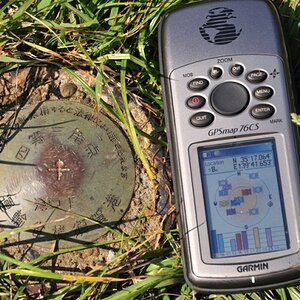TheHulk
TPF Noob!
- Joined
- Jun 1, 2015
- Messages
- 12
- Reaction score
- 2
- Can others edit my Photos
- Photos NOT OK to edit
I am lucky enough to process my own black and white in the dark room of the college that I used to attend. But it is on the other side of town, and I usually don't have a ton of time to make it there during the week. I would like to be able to develop about 5-10 rolls at a time to make my trips count.
What would be the maximum amount of time I can store an exposed roll of film before I develop it? What would be some proper methods of storage? How would this period of time affect my images?
I primarily shoot 120 and 35mm Tri-x and T-max.
What would be the maximum amount of time I can store an exposed roll of film before I develop it? What would be some proper methods of storage? How would this period of time affect my images?
I primarily shoot 120 and 35mm Tri-x and T-max.












